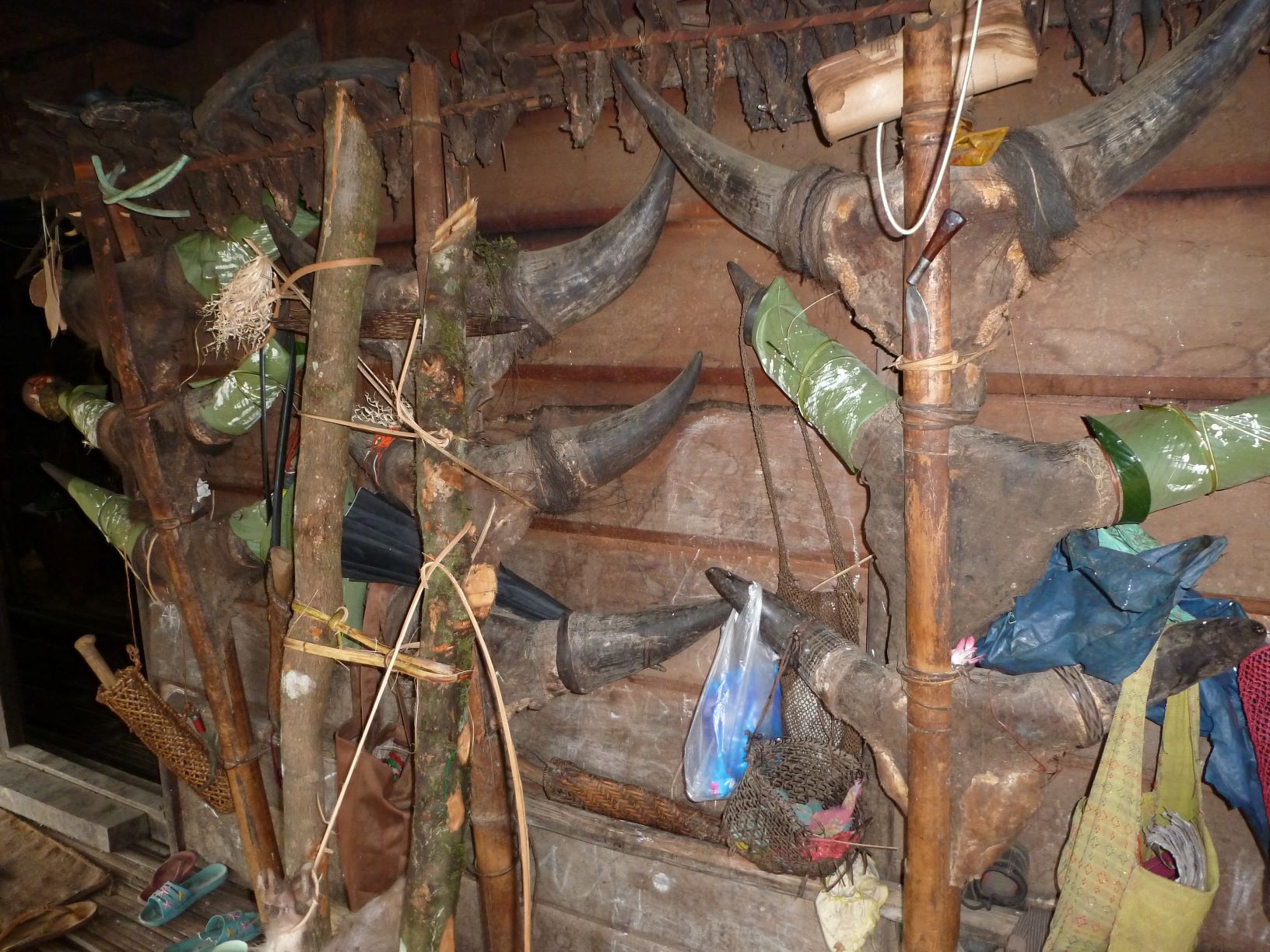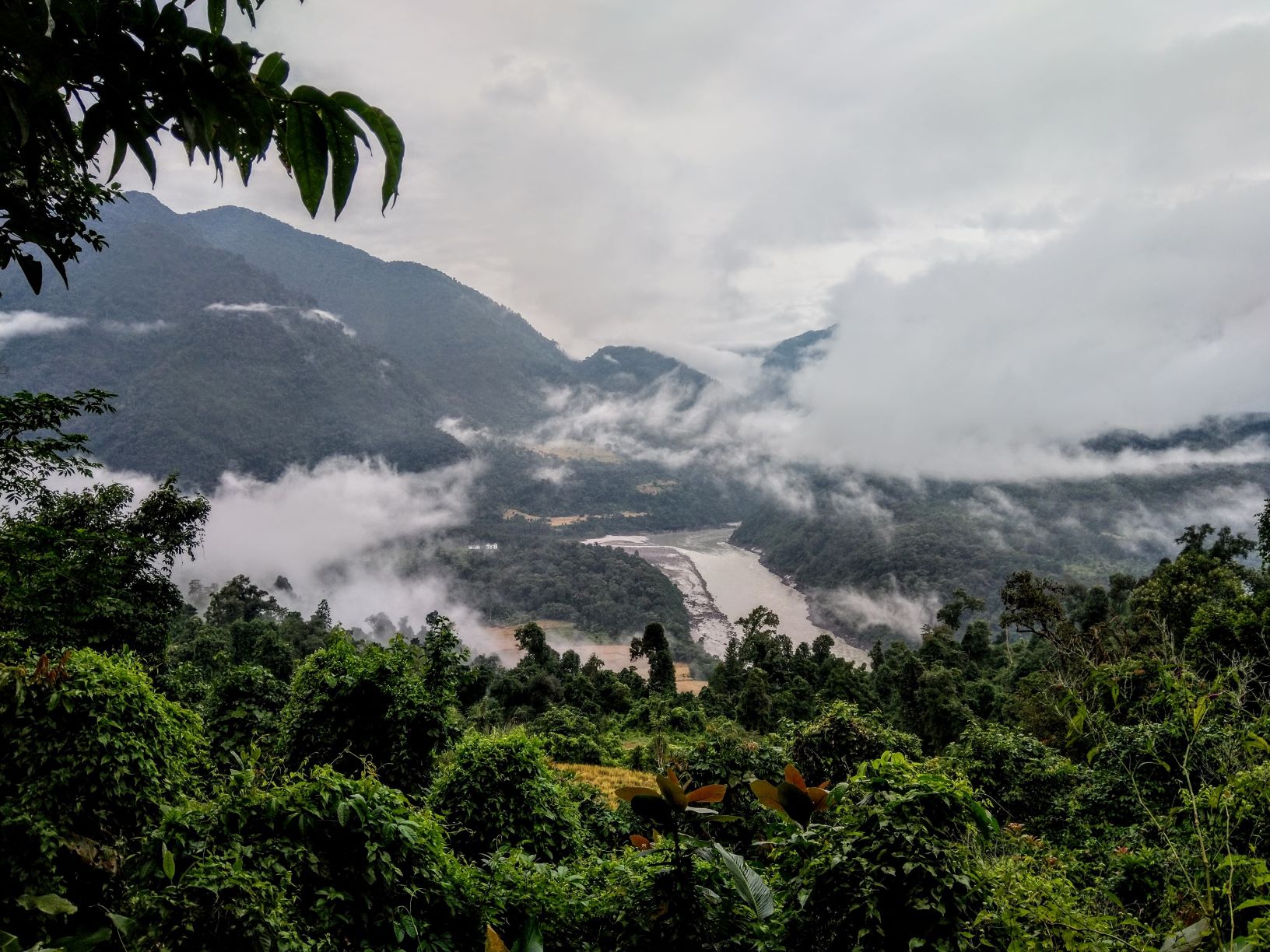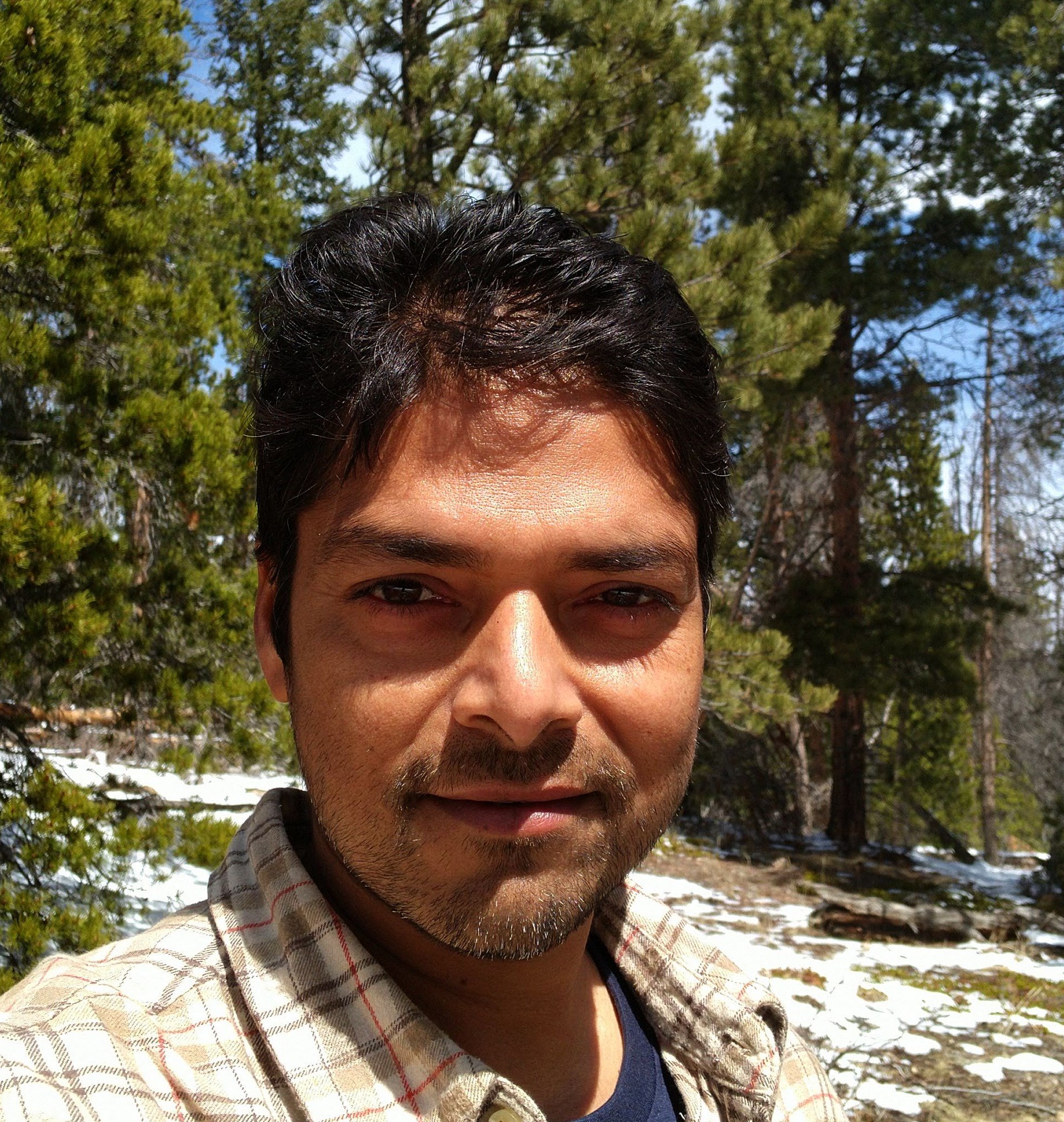Northeastern India is a land of immense natural beauty and rich biodiversity. It is also a region of great cultural diversity. However, there are various threats to biodiversity that continue to pose challenges in this landscape. Hunting of wildlife is seen by conservationists and ecologists across the world as one of the primary threats to biodiversity conservation. In Northeast India, hunting has been repeatedly identified as a threat to the fauna of this biodiversity hotspot. The Wildlife Protection Act of India (1972) banned all forms of hunting across the country, and yet hunting continues across the hills of Northeast India. This has remained a cause of concern for both conservationists, government officials, and many naturalists and visitors to the region who have encountered this phenomenon firsthand. Tribal communities inhabiting the region have been hunting for centuries, and it is they who are seen to be primarily responsible for the continued hunting and the associated loss of biodiversity. However, this narrative of tribal hunters and their impact is too simplistic. Many questions linger about their motivations and the necessity of hunting in their lives. More importantly, how do local communities fit into this narrative of destructive hunting leading to species extinctions?

Skulls of mithun sacrificed by their owner are displayed outside an Adi house. These semi-domesticated cattle are a vital part of the cultural and socioeconomic lives of many tribes in Northeast India.
I studied hunting among the Adi tribe of Arunachal Pradesh for more than five years, to gain a better understanding of village hunting and its relevance to their lives. Remote mountain villages of Arunachal Pradesh (such as my study area) still have limited connectivity to the external world, allowing them to maintain self-sustaining subsistence livelihoods. Swidden (jhum) cultivation and hunting are the predominant livelihood activities here, as it was across much of Northeast India in the past.

The Siang valley in Arunachal Pradesh is where the Adi community live. Their livelihood is dependent on hunting and jhum cultivation.
People have deep cultural links to their land, forests, rivers and all life forms. This is reinforced through their animistic belief systems, which do not make a stark distinction between humans and the natural environment. Humans are considered part of nature while the animals and trees in the forests are considered protected by various spirits (uyu). The hunting that I witnessed was subsistence in nature, meaning that people consumed whatever they hunted within their lands.
The Adi hunt and trap a variety of fauna ranging from large mammals like wild pigs to birds, rodents, fishes, and even ants and beetles, all of which satisfy food requirements based on the seasonal availability of the resource. However, wild meat is much more than a mere source of nutrition to them. It is a precious commodity that is an important offering during weddings and festivals, to honour their ancestors. The majority of meat consumed in villages came from domestic animals like pigs and mithuns (cattle) which are sacrificed during festivals, while wild meat was preserved for special occasions. During the farming season there are long periods when there is hardly any meat consumption. Cultural norms ensured that hunters distributed all hunted mammals among their clan members and elders in the village, often leaving nothing for themselves. For them, the prestige and ‘social currency’ that they achieved by distributing the meat was more important than the meat itself.

The Adi diet is extremely diverse and includes ant eggs harvested once a year. The Adis mostly consume meat of domestic animals such as pigs and mithun, and preserve wild meat for special occasions. They also trap rodents intensively once a year and use them for food and cultural rituals.
The spread and timing of hunting and trapping is influenced by their agricultural activities and the seasons. It is only during the winter that hunters and trappers venture out into the forests, free from their agricultural responsibilities and rain. The jhum fallows are crucial for hunters as these mixed-use landscapes support a range of fauna like barking deer, wild pigs, rodents that are attracted by the crops and regenerating fallows. This phenomenon of ‘garden hunting’ that occurs mostly near cultivated fields and house gardens is common among many inland South American groups. The availability of game animals close to their homes ensure that hunters rarely venture into the primary forests of the village.
Most interesting was the role of the kebang, the customary institution of the Adis that has maintained order in villages for centuries. The wise elders of the kebang enforced strict regulations on various aspects of hunting, trapping, and other forms of natural resource extraction. They also acted on cues from their natural surroundings, modifying their hunting and fishing activities if it appeared to be impacting their resource availability. These dynamic ‘place-based’ knowledge systems have allowed various indigenous groups across the world to respond to the feedback they receive. Such an elaborate system of natural resource management and human-nature relationship contradicts the image of the reckless hunter that appears in popular perception.
An obvious question arises — if there are such regulatory methods and cultural connections among tribal communities, why is hunting still a threat to biodiversity in the Northeast?
The first step to understanding this apparent contradiction is that we need to distinguish between regulated subsistence hunting and the newer phenomenon of poaching for trade. While both forms of hunting exist within Northeast India, it may not be apparent to visitors who encounter only sale of wildlife products in urban areas and roadside markets. Unregulated, illegal commercial poaching and trade in wildlife parts is part of a thriving multibillion dollar market across China and Southeast Asia. Demands for a variety of wildlife products from across the border fuels this trade with each passing year. The growing network of roads and communication allows the tentacles of this trade to make their way into remote parts of this landscape. Although subsistence hunting exists in many remote areas such as the one I studied, it is becoming increasingly rare.
Market forces and outsiders have accentuated the transition between subsistence and commercial hunting. Development schemes and rapid growth of infrastructure has brought in newer hunting technology, the need for cash, better communication facilities, sociocultural changes and even changes to the subsistence livelihoods of local communities. Central to this change has been the declining importance and power of traditional institutions. The changing nature of hunting is merely a symptom of the larger changes in this landscape.
If we are to control this trend our best bet still lies in local regulatory authorities like the kebang. Communities inhabiting these forests have a greater stake and reason to safeguard their natural resources. However, these traditional institutions themselves have been weakened over time due to the entry of competing institutions of the state. While there is a need to work with communities and strengthen local institutions, the legitimacy of customary local practices and belief systems also need to be acknowledged.
